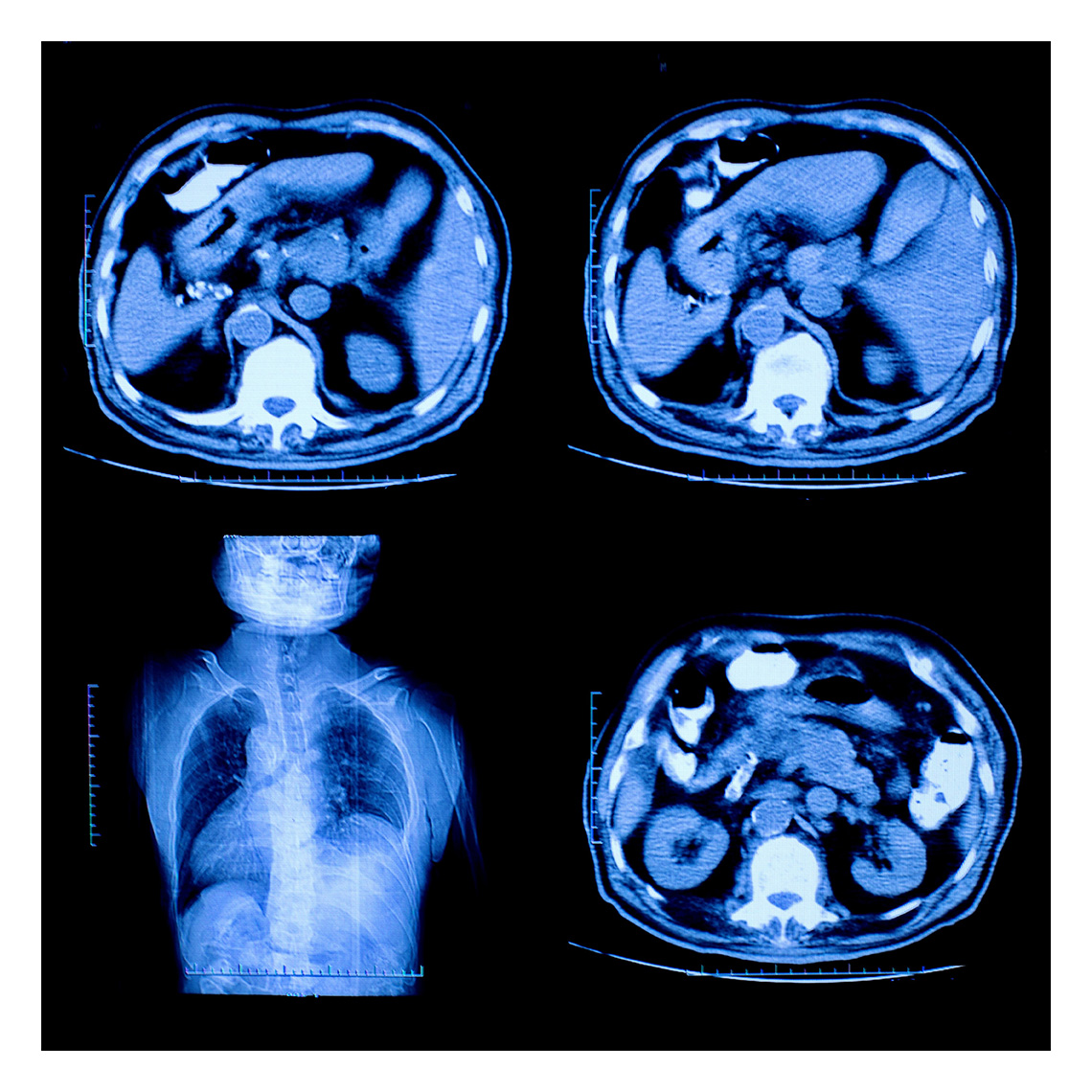Newsletter
Rosie’s Story
Jun 30, 2016
Meaningful patient safety data are essential to raise awareness and focus finite resources. But without a narrative context, many of us can become dazed rather than dazzled by the charts and graphs.
Fortunately, nothing takes the “numb” out numbers like a poignant story. At a recent patient safety conference, CRICO presented the following dramatization—crafted from actual malpractice case events.

DAUGHTER
Everyone loved my mother, Rosie. She made everybody feel welcome in our home, or wherever she went. Mom’s students loved her, and she had more friends on Facebook than I do. And she was always up for an adventure.
OFFICE NURSE
We all loved Rosie. She was a diabetic and faithful about her appointments and follow up. She knew everyone here—really knew them: remembered kids’ names, who was getting married, who became a grandma. Of course, Rosie was a daredevil: a fractured ankle on a student ski trip, a broken wrist from skate boarding with her grandson. It didn’t surprise me to hear she’d been to the ED again after dumping her bike.
ED ATTENDING
I saw Rosie on my very first day working in that ED. She was banged up—lots of road rash and a serious laceration on her knee. We had time to chat while I sutured her up. She joked through the whole thing in spite of being pretty uncomfortable. The knee bothered her, but her big complaint was her ribs: she took a real hit on her right side, there was a lot of bruising.
RADIOLOGIST
The films were straight forward: 62-year-old complaining of pain to her left knee and right rib cage. Both were negative for fractures—but there was the small shadow in the right lower lobe that caught my attention. I mentioned it to the ED attending, and made a note of it on the report recommending follow up. And we always send the report to the patient’s PCP.
PRIMARY CARE PROVIDER
I don’t know how I missed it. I have been taking care of Rosie for years, so I wasn’t surprised to hear she’d been in the ED...again. I was on vacation when the films were done, but I saw the ED note when I got back. And I saw Rosie in follow up several times. With her diabetes, I was focused on wound healing. Of course, I was aware of the rib injury, too, and I remember seeing that the X-ray report was negative...and she was healing well.
OFFICE NURSE
For about two years after the bike crash, Rosie had a whole bunch of office visits: diabetes checks, yet another ankle injury (from surfing, as I recall), but nothing that made us pull up the bike-crash X-rays. Then she got pneumonia, and so we looked back at the older film.
PRIMARY CARE PROVIDER
...and it was right there at the end of the report “suspicious shadow noted lower right lobe... suggest follow up.” I don t know how I missed it... maybe I just thought it would be more obvious.
RADIOLOGIST
It’s not like it was urgent. We have a process for critical findings: we call the provider personally—right away. But this wasn’t critical, it was suspicious...and I recommended a follow up. I wrote it right on the report—and told the ED attending.
ED ATTENDING
At my old job, we relied on the PCPs to manage follow up of incidental findings. The reports went to the PCP. I remember asking… somebody… if ED visits went to the PCP and she told me “yes, as long as the patient is in the system.” Rosie was, so I knew they would get the report and follow up. I mean, it didn’t seem like my place to tell her.
DAUGHTER
I don’t know why the ED doctor didn’t tell us about the X-ray finding—he said they were negative. He even said someone would let us know if there was anything different when it was read again the next day.
“No news is good news,” right? But it wasn’t good news. The cancer was right there and we never knew it. Mom’s doctor saw her several times after the accident; didn’t he get the report?
PRIMARY CARE PROVIDER
It was right there, well, at the bottom of the report, you know. The way they appear on the screen…it’s hard how you have to scroll down and... How did I miss it?
NURSE
Rosie was in the office so many times after the accident. How did we miss it?
DAUGHTER
They had a chance to catch the cancer early. We could have done something—had we just known. How could they miss it? If somebody had just told us...
Afterward, the audience of physicians, nurses, and health care administrators were asked: Could this event have happened in your organization?
75% answered “definitely”
17% answered “possibly”
As the program moved on to the findings of a robust analysis of communication-related malpractice claims—what goes wrong, and why—the case example anchored their attention. Not everyone will remember every data point, but everyone will remember Rosie.
Additional Material
Latest News from CRICO
Characterizing Malpractice Cases Involving Emergency Department Advanced Practice Providers, Physicians in Training, and Attending Physicians

Surgeon’s Coaching Techniques in the Surgical Coaching for Operative Performance Enhancement (SCOPE) Program

Teleradiology Medical Malpractice Cases

